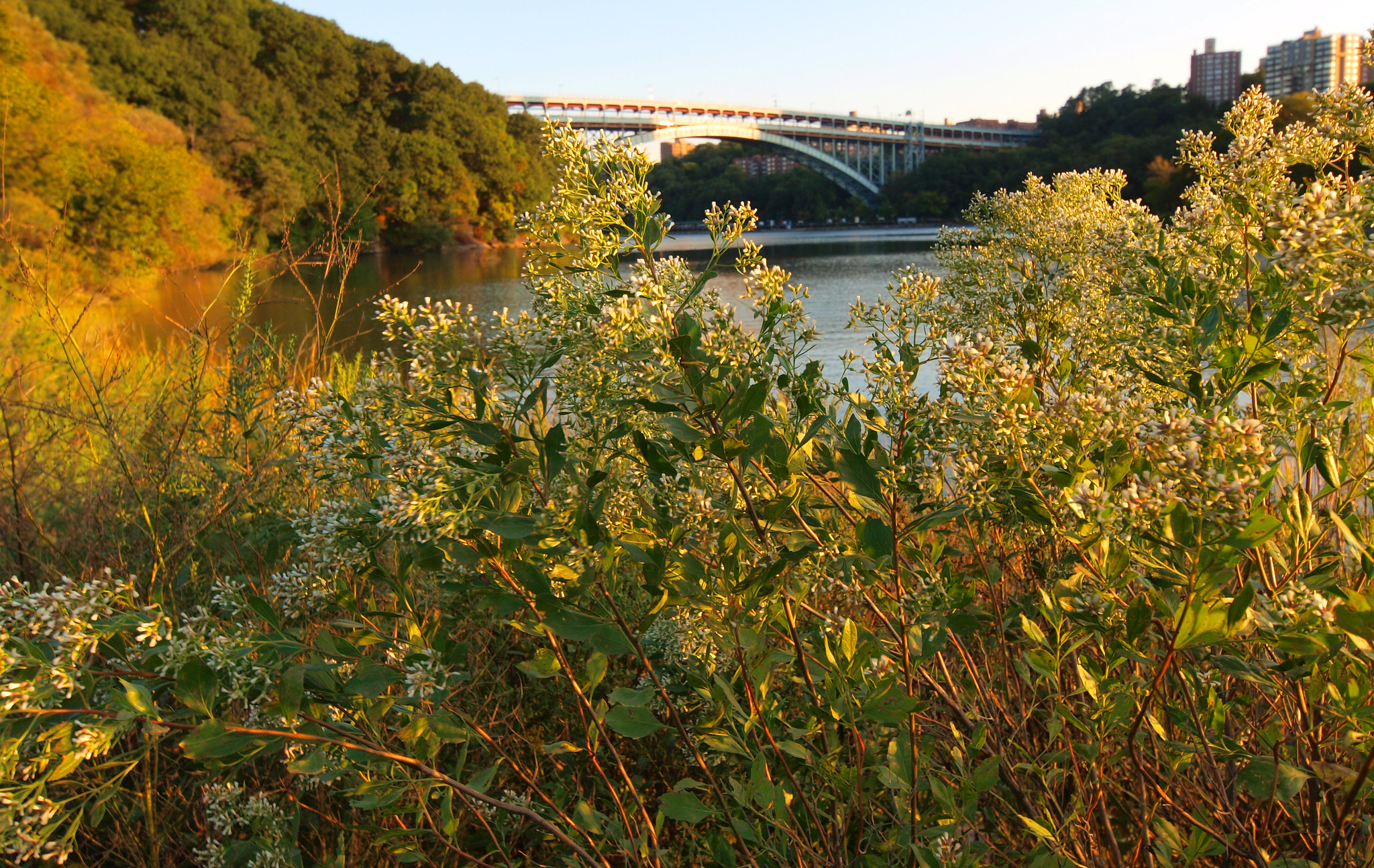Excerpt:
In the process to create a climate-resilient city, the shoreline restoration of one of the largest remaining wetlands in Manhattan has succeeded due to community engagement and consistent stewardship.
When the New York Restoration Project first started working in the late 1990s to clean the unnamed shoreline along the Harlem River in northern Manhattan, the intertidal mudflat and wetlands weren’t just a neglected area, but a former illegal dumping ground.
How the cove, the largest wetland left in Manhattan, has become a bountiful greenspace where migrating birds, crabs, tadpoles and toads are all thriving, despite the existential threat posed by climate change in shoreline communities, is a story of robust community involvement and skillful coastline management by the New York Restoration Project (NYRP), the parks nonprofit created 28 years ago by Bette Midler, the singer, actress and activist.
“Even though it’s got this terrible legacy of fossil fuel emissions and pollution and neglect,” said Jason Smith, referring to an old Con Edison coal-burning power plant across the river, “it’s still got wonderful environmental benefits. And so we want to be really thoughtful about how to work in the space.” Smith is the NYRP’s director of northern parks.
Within the 520 miles of vulnerable coastline in New York City, Swindler Cove is one of several “living shoreline” projects in which natural infrastructure efforts have been employed to help stop storm erosion and cope with climate-induced sea level rise.
In March, the nonprofit Save the Sound announced it had received $750,000 from New York’s Water Quality Improvement Program for the Big Rock Wetland Restoration Project in Queens. The organization plans to install “oyster castles,” much like those in place at Swindler Cove, to restore four acres of salt marsh.
In Jamaica Bay, near Kennedy Airport, a project led by the Jamaica Bay-Rockaway Parks Conservancy has restored wetland habitats that were breached by Superstorm Sandy. The conservancy formulated an experimental living shoreline that consisted of planting marsh grasses to help secure new sand fill.
And on Long Island Sound, a series of Living Shoreline Projects are restoring acres of wetland habitats that had fallen victim to rapid beach erosion. The solutions in these projects range from site to site, all specific to the needs of the environment and focused on improving resilience to sea level rise.
Swindler Cove is part of Sherman Creek Park, which surrounds Public School 5, the Ellen Lurie elementary school, and the New York City Housing Authority’s Dyckman Senior Center. “This is one of the most vulnerable neighborhoods in northern Manhattan,” Smith said, as he pointed to the Dyckman Apartments and P.S. 5. “It’s another reason why when we’re talking about resilience and restoration work here, we really want to make sure we have a broader conversation with the school … Because if you look at the flood maps for 2050 from New York City, this is all in the floodplain, it will be one of the first areas impacted by sea level…”









